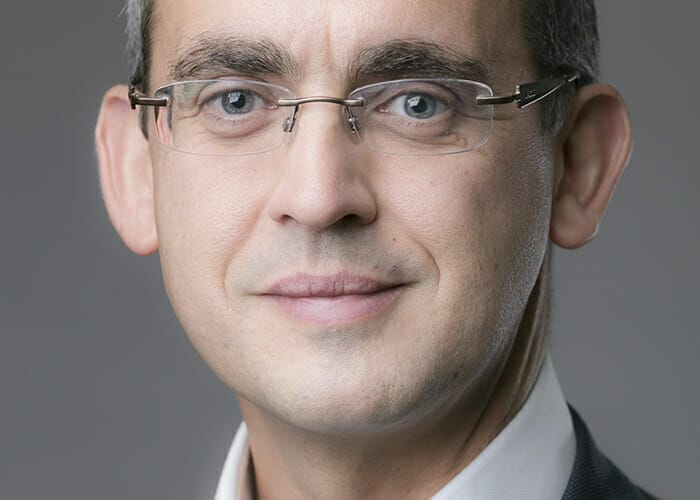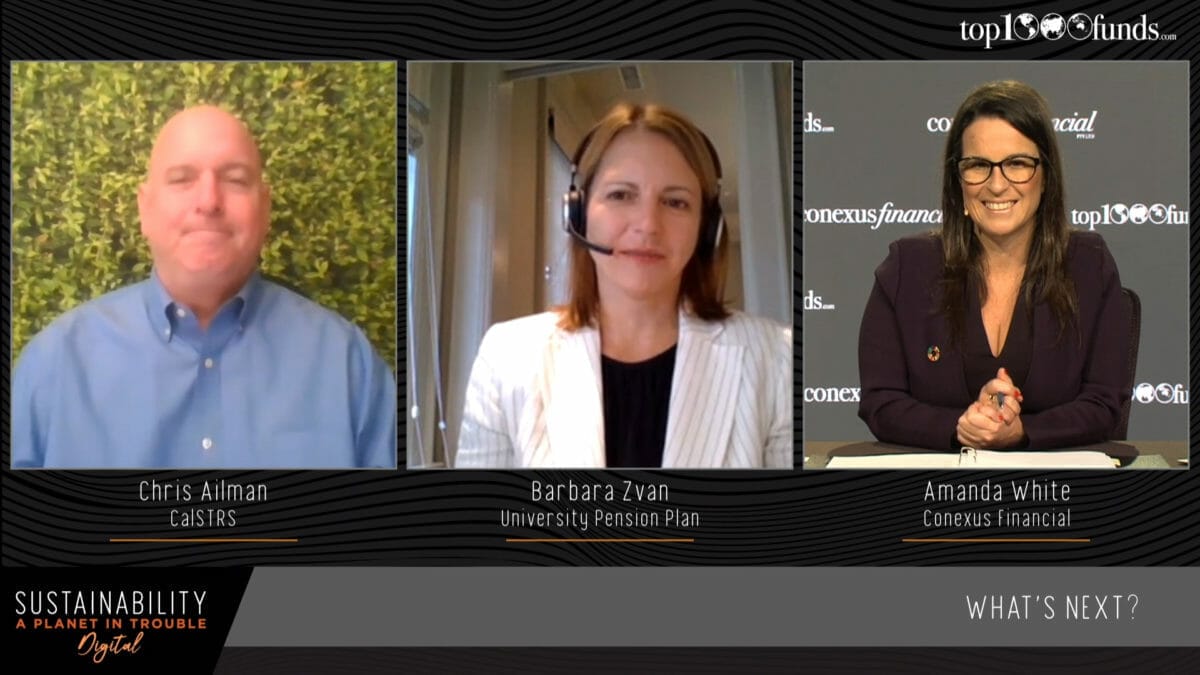Designing a 1.5°C asset portfolio to mobilise capital for a sustainable future requires some big thinking and intensive collaboration, not to mention transformational change that extends way beyond the borders of the investment industry. So what role do investors play?
I am not sure if it is possible to limit global warming to no more than +1.5°C; but +2°C is too risky, so we must try. By ‘asset portfolio’ I mean the global stock of productive assets, most of which are owned outside of our industry.. The value of these assets is estimated at around $530 trillion, of which the investment industry manages about one sixth or $90 trillion.
By defining the portfolio this way I am allowing a lot of wiggle room; the investment industry owns a subset of the assets, and individual asset owners own a subset of that. So this framing preserves individual freedom but introduces a collective objective to shape the stock of assets so that global temperature stabilises at +1.5°C.
Under business as usual, the current global portfolio is consistent, in my view, with a +4°C world. If we are serious about a +1.5°C objective, then transformational change is required. In truth, this transformational change will extend way beyond the borders of the investment industry. Our part will be to mobilise capital to secure a sustainable future.
To build my argument, I need to lay a couple of foundation pieces.
The 4321 PIN code
Mobilising capital will require the application of influence. Our 4321 PIN code describes how an arbitrary 10 units of influence is allocated across society: four units go to the public sector (legislation and regulation), three to corporates, two to the investment industry, and one to individuals. The trick is to recognise the interactions. The one unit of influence for individuals typically involves choices over recycling, consumption and what products to put their savings in, but it can also exert serious pressure on the public sector – think Greta Thunberg and Extinction Rebellion. This offers a model for the investment industry to use its two units to influence both corporations and public policy.
Allocating capital
I have often seen and heard the justification that the investment industry adds value to society by allocating capital to the right places and, by implication, keeping it away from the wrong places.
I have usually argued with this view by invoking the ideas Keynes outlined in chapter 12 of his General Theory. Keynes called capital allocation ‘investment’, which entails handing over cash to a risky venture (constructing a building, expanding a factory) that will only generate cash flows at some point in the future. What we currently call capital allocation looks more like the buying and selling of shares; Keynes called this ‘speculation’. Our more considered argument regarding the relatively small role of capital allocation can be found in an Thinking Ahead Institute paper: Connecting the dots.
For our current purpose I need to revisit and deepen the argument. While I believe it is true that in the current era of share buybacks there is less capital allocation going on than claimed, it is also true that there were capital allocations in the past that led to the current shape of our economic machine.
Let me suggest that some of those capital allocation decisions were active – a prospectus was issued, considered and new capital was raised – and some were passive – investee company managements were left alone to decide over the reinvestment of cash flows. This highlights the importance of stewardship and engagement. If we do not steward our assets and engage with management then we have no influence over ongoing capital allocation decisions. Because of the wonder of compounding, it also highlights the importance of the initial decision to fund a business model.
So, moving towards the +1.5°C portfolio will involve the direct allocation of new capital, and a new level of engagement regarding the reinvestment of cashflows by investee companies. It could involve engaging with the public sector – not only on legislation and regulation, but also on the management of state-owned assets.
What are we aiming for? The scale of the problem
To illustrate the scale of the problem, I will use a single reference point. It is estimated that the world’s existing energy infrastructure will release 650 gigatonnes of carbon dioxide over its remaining working life. Add in energy infrastructure in planning, with consent, and under construction and the figure rises to 850 GtCO2 – more than enough, on its own, to take us through 1.5°C of warming. In fact, in her address to the UN Climate Action Summit on September 23, 2019, Greta Thunberg stated that the remaining carbon budget before we breach +1.5°C is only 350 Gt. The scale of the problem is almost unimaginable.
Much of this energy infrastructure (valued at $22 trillion) is owned in the $530 trillion global portfolio, rather than the $90 trillion invested (investment industry) portfolio. The issue I am seeking to highlight is this: to keep the world under +1.5°C of warming we need to change the global portfolio, and yet the invested portfolio is only a small part. Is there any reason to assume these two portfolios will de-carbonise at the same rate? Can the investment industry play chicken and assume the state will do the necessary de-carbonising for them? Or are there attractive returns to be had from carbon-negative assets?
It’s those darn externalities
Let me step back briefly, because it’s not just about the carbon. In 2018 the Thinking Ahead Institute published Mission critical which explored the subject of value creation. Among other things, the paper introduced the notion of the value creation boundary; value is created within the boundary, and it is destroyed outside the boundary. It therefore matters where the boundary gets drawn. In case you are thinking “nobody sets out to destroy value”, I agree. And yet it happens. Viewed from 50,000 feet we see increasing carbon in the atmosphere, plastics in the ocean (and food chain), and phosphorus and nitrogen in rivers and lakes (I would add in social dimensions such as child labour and modern slavery which are other ways of destroying value, and which lead to the world’s other great problem – inequality). The economic machine we have built is absolutely destroying value, as well as creating it. The externalities are everywhere – and externalities, in this context, are the costless dumping of waste into an environmental sink. The trouble is, the environmental sinks are now full.
So what do we need to do?
The scale of the problem is stupendously large. It will take a massive collective effort to make the changes required. It is our belief that no-one can possibly know all that is needed, but we are collaborating with our members, and others, to design a 1.5°C asset portfolio to mobilise capital for a sustainable future.
Tim Hodgson is co-head of the Thinking Ahead Group, an independent research team at Willis Towers Watson and executive to the Thinking Ahead Institute (TAI).




